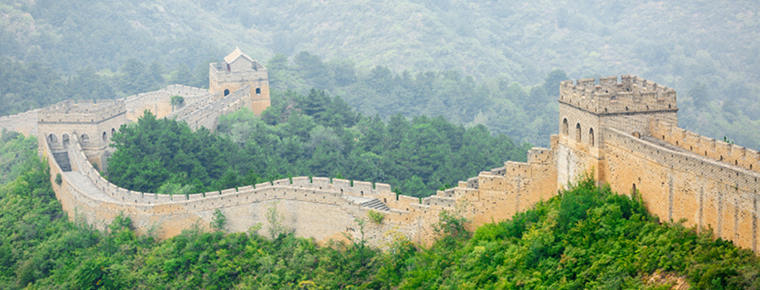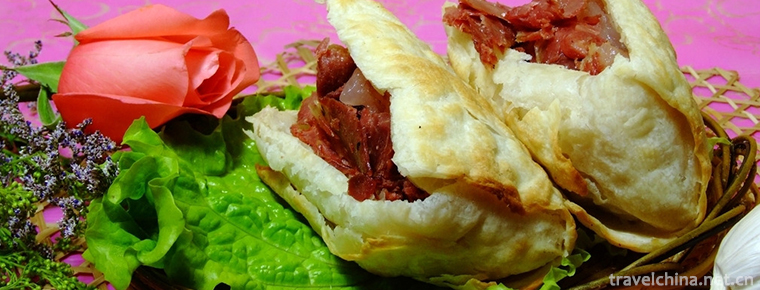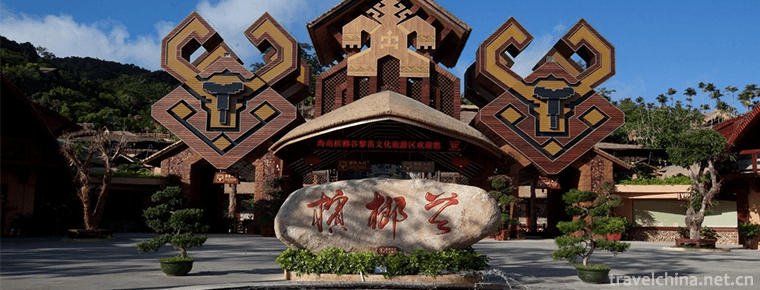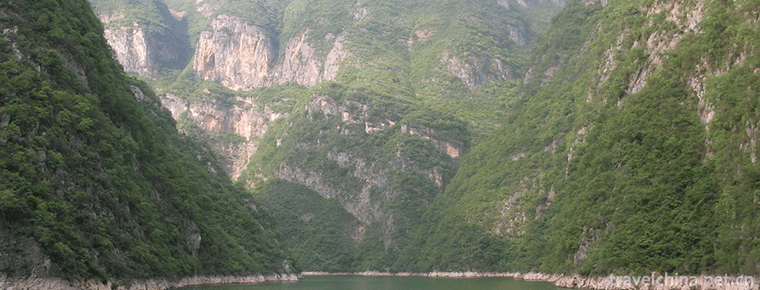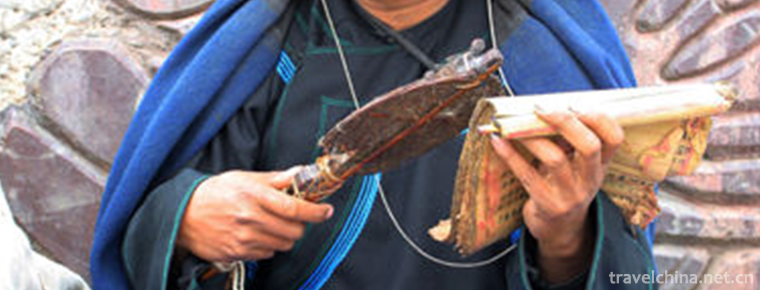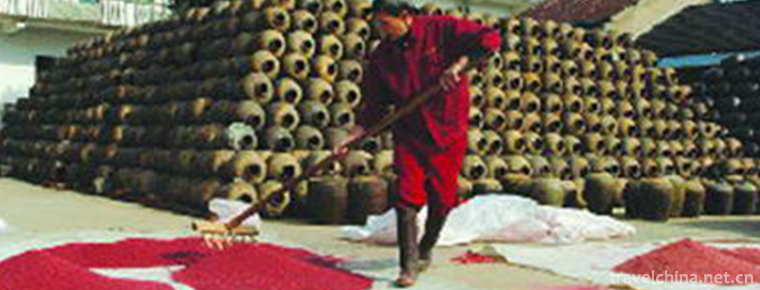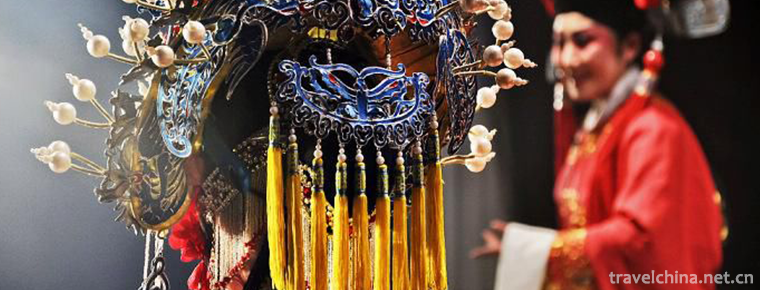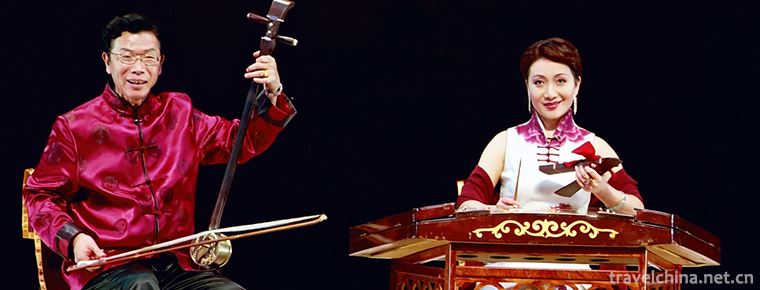Jinan Baili Yellow River Scenic Area
Jinan Baili Yellow River Scenic Area
Jinan Baili Yellow River Scenic Area is adjacent to the northern part of Jinan City. The south gate of the Scenic Area is directly connected to Jinan City's central axis - Jilu Road, south to the north of the Second Ring Road, Jinan-Qinghai Expressway "zero" point and Jinan-Fuzhou Expressway Xixia Pass near the Scenic Area.
At the 2008 China Yellow River Tourism Conference, Jinan Baili Yellow River Scenic Area was named "50 Scenic Spots of the Yellow River in China".
geographical environment
Jinan Baili Yellow River Scenic Area, with landscape tourism, ecological tourism, cultural tourism, sports and fitness tourism as the main body, integrates engineering landscape, waterscape landscape, ecological landscape, natural landscape, human landscape, as an ecological cultural theme garden. Its engineering landscape is known as the Yellow River embankment, dangerous worker, culvert, etc. of China's "Great Wall on Water", and the Yellow River as "suspended river".
Honor
Jinan Baili Yellow River Scenic Area has convenient transportation. The overall planning area is about 990 hectares, which is one of the key plans of the Yellow River Commission of the Ministry of Water Resources. In 2003, it was named "National Water Conservancy Scenic Spot" by the Ministry of Water Resources, and in 2009 it was rated as national AAA-level tourist attraction.
tourist resources
The central scenic spot is dense with flowers and grass, lush forests, great banks of dikes, hanging over rivers, dams flying, magnificent momentum. Not only can we appreciate the Yellow River embankments, dangerous workers, sluices and other engineering landscapes known as China's "Great Wall on Water", but also we can experience the great feeling above the "suspended river". Water scenery is especially good: in dry season, quiet waves are smooth and mirror-like; when floods rise, turbid waves empty, whirlpools ring. Standing on the lofty levee, we can see the beautiful scenery of Lishan (Qianfo Mountain) in the south, the verdant mountains and the beautiful scenery of Quancheng. We can roam among them, pavilions and pine stones, change scenery step by step, listen to the waves in the face of the wind, and feel relaxed and happy. Wild birds such as wild ducks, water ducks, grey herons, egrets, grey cranes, white cranes and swans are abundant in the Yellow River Wetland Nature Reserve. In addition, the scenic spot has profound cultural connotations. It is a memorial for Mao Zedong, Zhou Enlai and other party and state leaders to inspect the Yellow River. Jinan "Qiyan Nine Points" Queshan, Huashan and Yaoshan are nestled by the mother river. The Autumn Picture of Magpie by Zhao Mengfu, a painter of the Yuan Dynasty, describes the beautiful scenery of the Huanghe River in Wankou. In addition, the 100-year-old railway bridge with jade belt, cable-stayed highway bridge and Wankou Gudu floating bridge add some charm to the old Mother River and form a unique natural landscape of the scenic spot.
II. Exploitation and Utilization of Tourism Resources
Large ecological forests are planted in the silt-backed area of the Yellow River, including 100 mu Eucommia ulmoides orchard, 100 mu nursery, 100 mu agricultural sightseeing picking garden and 1000 mu Ginkgo biloba orchard. At present, the green coverage rate of scenic spots reaches 97%, and the green area reaches more than 40 square kilometers. Now, the scenic spot has reached the standard of three seasons with flowers and four seasons with evergreen, and has become a veritable "sky garden".
The first Yellow River Culture and Art Festival and International Sand Sculpture Art Exhibition, Lion King Competition between North and South, Palatine Car Rally Competition, etc. were successfully held in Jinan by utilizing existing resources to carry out characteristic tourism projects. The quality development of College students, self-service barbecue, beach horse racing and large-scale historical and cultural picture exhibition of the Yellow River were completed successively. It integrates humanistic landscape with modern tourism projects skillfully, meets the multi-level cultural needs of tourists and expands the development space of tourism market.
3. Tourism Market Development
Tourist groups in scenic spots mainly come from Hong Kong, Macao, Taiwan, Guangdong and other regions, as well as from Japan, Korea, Europe and the United States and other countries. Since 2003, the scenic spots have received more than 1.5 million tourists from home and abroad, and more than 200,000 tourists annually. Through the Yellow River Tour, we can enjoy the splendid national cultural relics and the charming natural scenery of the Yellow River in Jinan. It has become a tourist hotline for overseas Chinese to seek roots and understand Chinese culture. It is a necessary place for foreign tourists to travel to Jinan. It is also an important window for people to know, understand and experience the Yellow River.
Bus routes:
4, 111, 114 to Pikou Station, 500 meters ahead to the side of the upper Yellow River dam, turn left along the road to reach the scenic gate.
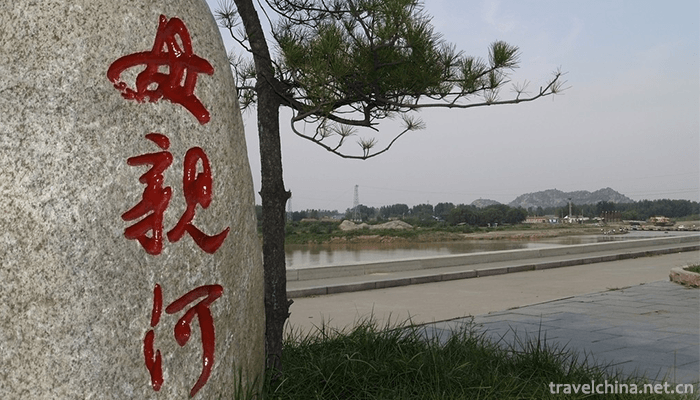
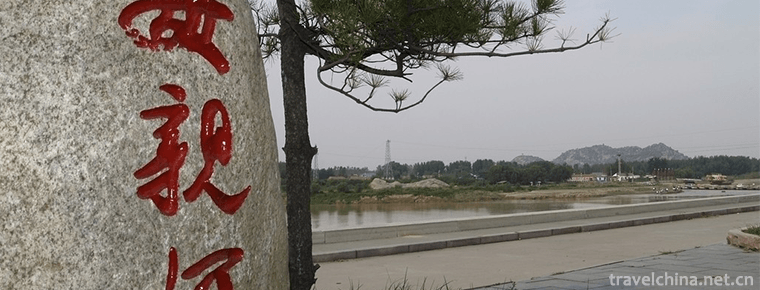
Jinan Baili Yellow River Scenic Area
-
Donkey HamBurger
Donkey HamBurger is a popular traditional snack in North China. It originated in Baoding. Widely spread in the central Hebei Plain, the brine good donkey meat adds the old soup to join the crispy fire
Views: 249 Time 2018-11-07 -
Betelnut Valley Limiao Cultural Tourist Area
Hainan Betelnut Valley Limiao Cultural Tourist Area was established in 1998. It is located in the Ganshiling Nature Reserve at the junction of Baoting County and Sanya City
Views: 160 Time 2018-12-12 -
The Dai Garden of Xishuangbanna
The Dai Garden is called Xishuangbanna Dai Garden. Located in Xishuangbanna Olive Dam, Yunnan Province, China. There are five Dai Natural Villages with the best preservation in China
Views: 192 Time 2019-02-25 -
Little Three Gorges
Wushan Xiaoxiao Three Gorges is the general name of Changtan Gorge, Qinwang Gorge and Sanzhuang Gorge on Madu River, a tributary of Dicuixia of Daning River. Wushan Xiaoxiao Three Gorges is known as t
Views: 203 Time 2019-02-25 -
Tea ceremony
Tea art is a kind of culture. On the basis of Chinese excellent culture, tea art has absorbed and borrowed other art forms extensively, and expanded to literature, art and other fields
Views: 226 Time 2019-04-15 -
Wool Textile and Rolling Techniques
Flower felt is the most popular among all ethnic handicrafts in Xinjiang, and it has a long history. Felt caps from the 1st to 3rd centuries A.D. are among the cultural relics unearthed at Lop Nur Lou
Views: 300 Time 2019-05-25 -
Traditional Brewing Techniques of Brewing Wine
The traditional brewing technology of Jinhua liquor is the traditional handicraft technology of Jinhua City, Zhejiang Province. The typical representative and complete remains
Views: 154 Time 2019-06-07 -
Yanbei Playing with Children
Yanbei children's play, also known as cough cavity, is popular in Datong City, Shanxi Province and its surrounding traditional drama, one of the national intangible cultural heritage.
Views: 181 Time 2019-07-10 -
Yicheng Qinshu
Yicheng Qinshu is called "Qinshu" because its main accompaniment instrument is Yangqin. Yicheng Qinshu is an ancient traditional folk art. Legend has it that it originated in the late Yuan D
Views: 295 Time 2019-07-13 -
Notes on Tourism in Ganzi Prefecture
1. Ganzi Prefecture is characterized by Tibetan culture, snow mountain and grassland scenery, with high average sea level. Most people will have altitude reaction when they go to Ganzi Prefecture. To prevent and deal with altitude reaction, please refer to the precautions for altitude reaction.
Views: 88 Time 2020-12-06 -
A summary of Panzhihua
In 2019, the GDP of Panzhihua will reach 101.013 billion yuan, an increase of 6.3% over the previous year in terms of comparable prices. In terms of industries, the added value of the primary industry was 9.168 billion yuan, an increase of 3.4%; the added value of the secondary industry was 55.074 billion yuan, an increase of 5.7%; the added value of the tertiary industry was 36.771 billion yuan, an increase of 8.5%.
Views: 147 Time 2020-12-14
